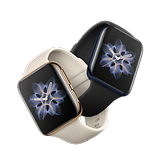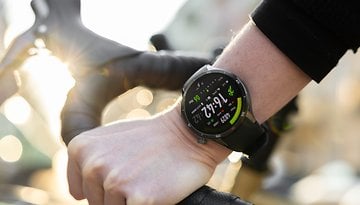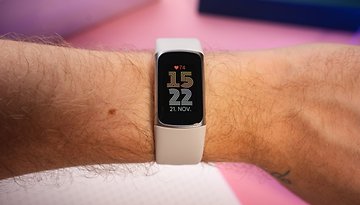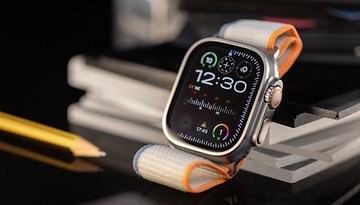OPPO Watch review: Surprisingly good for a first-time attempt!
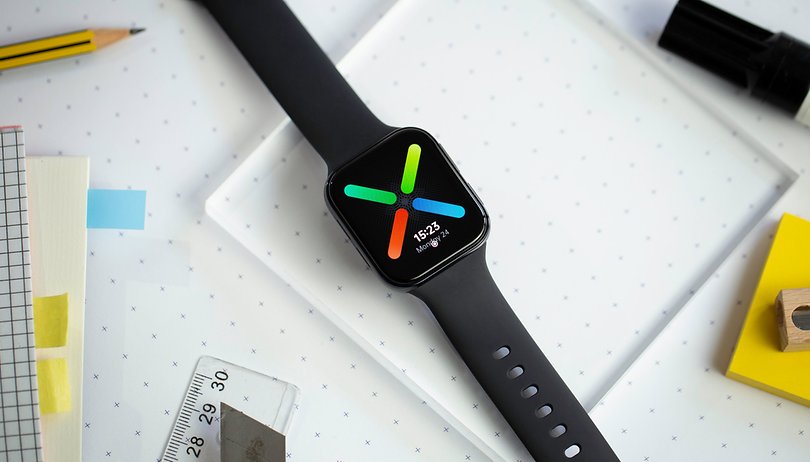

OPPO seems to be well on its path to transition from a pure smartphone manufacturer to makers of wearables and 'smart devices'. The well-known smartphone giant has released several non-smartphone products this year – some of which we at NextPit had the opportunity to test. Among the most significant wearable products they launched in 2020 include the new Enco lineup of earbuds and, of course, the new OPPO Watch – which also happens to be OPPO's first-ever attempt at a full-fledged smartwatch.
Good
- Excellent build quality
- Sharp display
- Good software experience
- Fast charging support
Bad
- Apple Watch clone
- Wear OS needs refinement
- Battery life could have been better
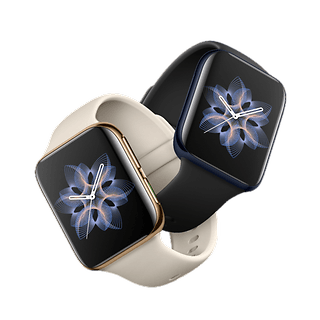
Variants, availability
There are two variants of the OPPO Watch currently on sale – an entry-level 41mm variant, and a slightly larger 46mm option. NextPit received both the models for review – the 46mm variant in India, and the 41mm variant in Berlin. For the purpose of this review, we will talk about the 46mm variant that this author received from OPPO India. It is important to note that both these variants feature near-identical hardware specs with minor differences. The Wi-Fi variants of the OPPO Watch is already on sale in China, Europe, and India. The LTE variant will be on sale in the UK starting October 2020.
More than just another Apple Watch clone
There is no denying that the OPPO Watch takes a lot of design inspiration from the Apple Watch. From the gently-curved edges to some of the watch faces, the Apple Watch likeness is unmissable. In OPPO’s defense, though, there are quite a few differences as well. For example, the marked difference between the two is the absence of the ‘digital crown’ on the OPPO Watch. Instead, the company uses two buttons on the right side of the watch that can be used to access various menu options.
Both the 46mm and 41mm variants of the OPPO Watch feature a high-quality 6000-series aluminum frame. The 46mm variant is the pricier, larger, and more feature-packed of the two. While both variants get high-quality AMOLED displays, it is the 46mm variant that gets the larger, higher-resolution (401 x 476 pixels) panel that curves towards the sides. The 41mm variant, on the other hand, features a flat display with a slightly lower resolution. You can easily make out these differences once you’re close enough to the watch.

On the 46m variant, there is a marked ridge where the display joins the aluminum body. On the right side, just below the ridge are the two buttons - one that acts as a home button and the other (the one with the emerald stripe) that can be used as a multi-function key. The left side is where the tiny speaker is located. The 46mm variant is water-resistant up to 5ATM, while the 41mm is rated for 3ATM. Due to the COVID-19 situation, I did not venture into a swimming pool with the OPPO Watch. I did, however, use the watch in heavy rain and can confirm that it came out unscathed.
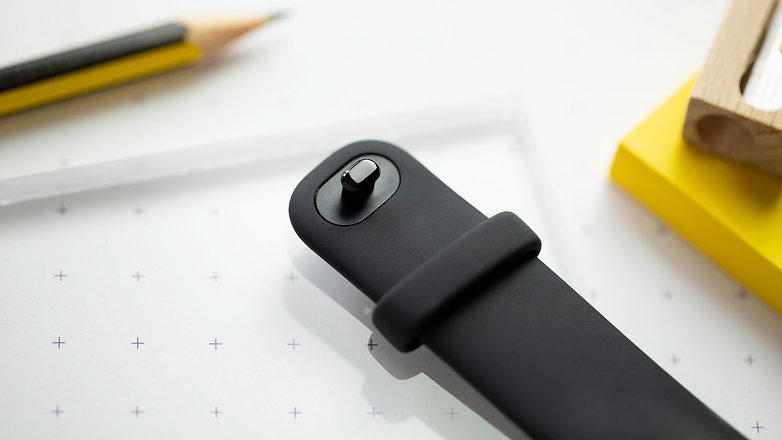
At the bottom, the OPPO Watch gets LEDs for the heart rate sensor - and not to mention - the magnetic connectors for the charging dock. The bottom panel is made of plastic+ceramic on the 46mm variant, while the 41mm variant only uses plastic here. The ‘Flurorubber’ strap is of high quality and honestly did not feel different from a standard silicon strap. The watch fits nicely on my wrists and did not look overly large. While the straps were of good quality, their proprietary nature and the lack of other options means that you are stuck with the supplied straps for the time being. At the time of publishing this review, I could not find an option to purchase a new strap either on OPPO’s website or other e-commerce platforms.
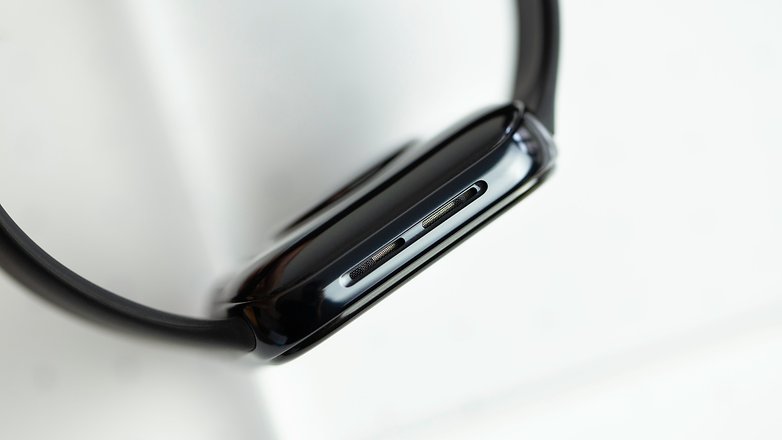
The build quality of the OPPO Watch is on par with the best smartwatches out there – the Apple Watch included. The 46m variant is quite hefty, and people with small wrists could find it a bit too heavy for exercise and while working out.
Display, hardware, and performance
The curved AMOLED panel used on the 46mm OPPO Watch is among the best I have seen on a smartwatch. It is large, has excellent brightness levels and good viewing angles – as expected of an AMOLED panel. For people with smaller wrists, the 41mm makes sense. You do miss out on the curved panel here, though. The display on the smaller 41mm variant has a resolution of 320 x 360 pixels, which is pretty sharp for its 1.61-inch size.
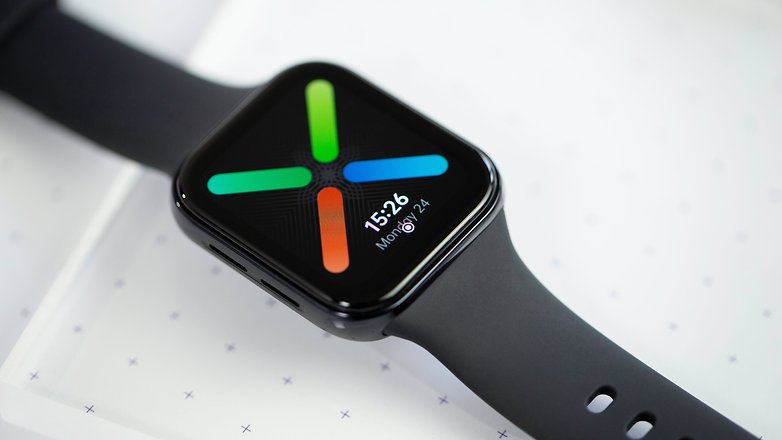
The OPPO Watch features a dual-chip endurance system where the Qualcomm Snapdragon Wear 3100 chipset handles all the primary tasks. While not the latest Smartwatch chip around, the Wear 3100 is more than capable of all the tasks you throw at the OPPO Watch with aplomb. Both the variants get 1GB of RAM and 8GB of storage for apps.
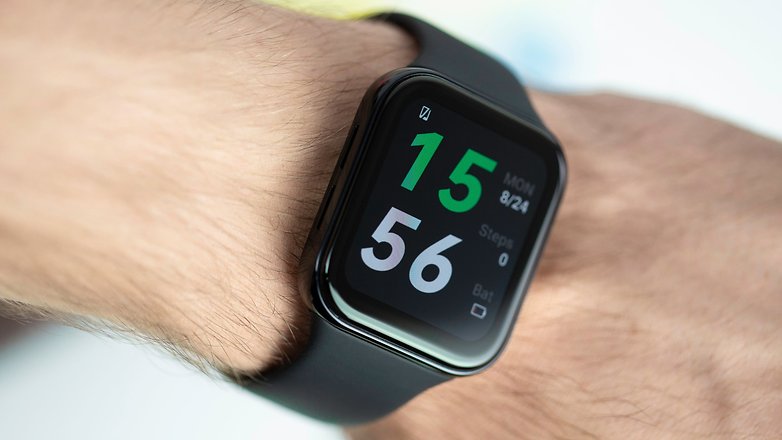
In the three odd weeks I used the OPPO Watch, not once did I face an issue with it slowing down or feeling laggy. For low power tasks - and when in power saving mode - the Watch switches to the power-efficient Ambiq Micro Apollo3 chip. In this mode, the OPPO Watch effectively transforms itself into a fitness tracker and switches all Wear OS functionalities off. It does, however, continue to monitor your heart rate and count steps.
That brings us to the all-important battery life aspect of the OPPO Watch. On the 46mm variant that I used, I easily got a day of battery life. For me to achieve this, I had to turn down the brightness to level 3 – and also keep the ‘Always-on Display’ turned off. This wasn’t a major issue, though, since the Watch supports the ‘tilt to wake’ feature. This means anytime you turn your wrists to look at the time or fitness stats, the display powers on briefly. With the Always-on Display turned on, there was a significant drop in battery life. That being said, there are some watch faces that let you eke out a day of battery even with the AoD feature on. The OPPO Watch also supports fast charging and takes around 75 minutes for a full charge.

Connectivity features on both the OPPO Watch variants are identical. Both the products on sale in India are Wi-Fi only variants with the ability to make and receive calls when connected to your phone. The OPPO Watch also has in-device GPS capability, which means it is not dependent on the tethered smartphone for GPS information. OPPO also has an LTE variant of the 46mm model, which the company is yet to launch in India. On the 46mm variant I used, making and receiving calls, was pretty easy. With support for Google Assistant, you can simply ask the Watch to dial the contact and make the call right from the watch without the need for your smartphone. That being said, the volume levels from the speakers aren’t good enough for use in crowded locations.
Software, fitness features, and sleep tracking
Initially conceived as fashion accessories, modern smartwatches have gradually transformed themselves into excellent fitness aids. The OPPO Watch runs Google’s WearOS – albeit with quite a few customizations from OPPO. While most purists frown at the prospect of OEM customizations on smartphones, in the case of WearOS, this has only made the OPPO Watch an overall better product. The OPPO Watch lets you access most of its features using a few gestures.
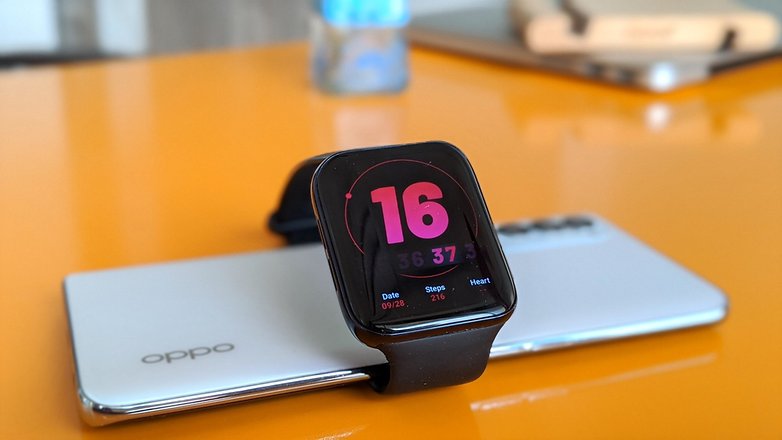
Here are a few gestures that you can use for quick navigation from the home screen.
Swipe right - Access Google Assistant
Swipe left - Access up to 5 different tiles for quick access
Swipe down - Quick settings
Swipe up - To access notifications
To access various apps, press the home button once. To quickly access multiple workout options, press the multi-function button once. You can also long-press the home button to invoke Google Assistant. Long press the multi-function button to access the power settings or to switch to the power saver mode.
The OPPO Watch has a heart-rate sensor that continuously monitors your pulse. The Watch also can alert you of unusually high or low readings. The sedentary alert feature usually works well but did alert me erroneously a couple of times. Apart from the standard Google Fit exercise tracking options, OPPO has baked a few of its own fitness features that include five different workout routines: fitness run, fat burn run, outdoor walk, outdoor cycling, and swimming. You can select these and follow the on-screen instructions for a quick workout.
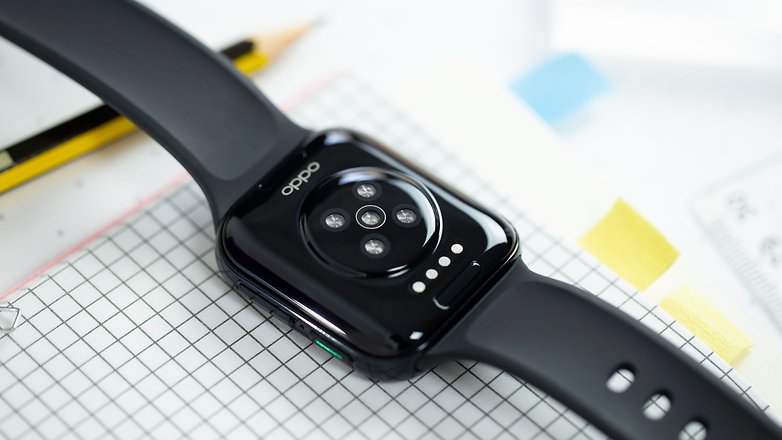
OPPO also suggests its users download the HeyTap app to act as a hub for controlling various features of the app. It also displays key stats about your workout regimen and your average heart rate on the app home screen. You can also use HeyTap to quickly download and install new watch faces.
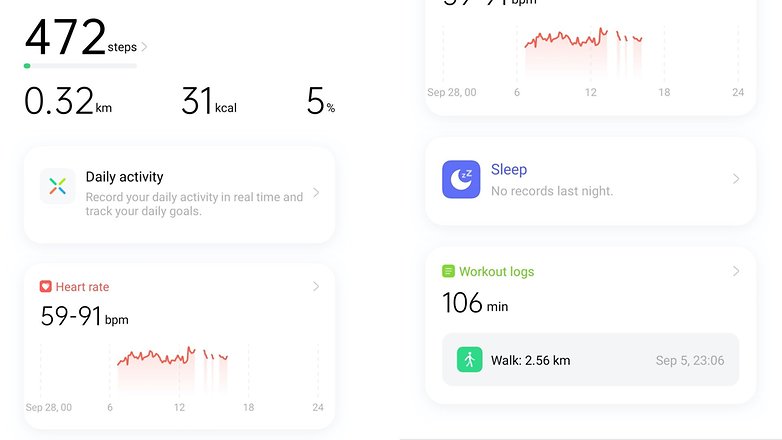
As far as sleep tracking features go, the OPPO Watch had this weird restriction of not being able to track your sleep between 10 am and 8 pm. In the morning, it presents an overview of your sleep pattern, including stats about how long and deeply you slept.
The best affordable smartwatch?
In India, OPPO only sells the Wi-Fi variants of both models. The 41mm variant costs Rs 14,990 (~200) while the 46mm variant will set users back by Rs 19,990 ($269). In the UK, the 46mm variant goes for £229 while the LTE variant will be priced at £369 when it launches in October.
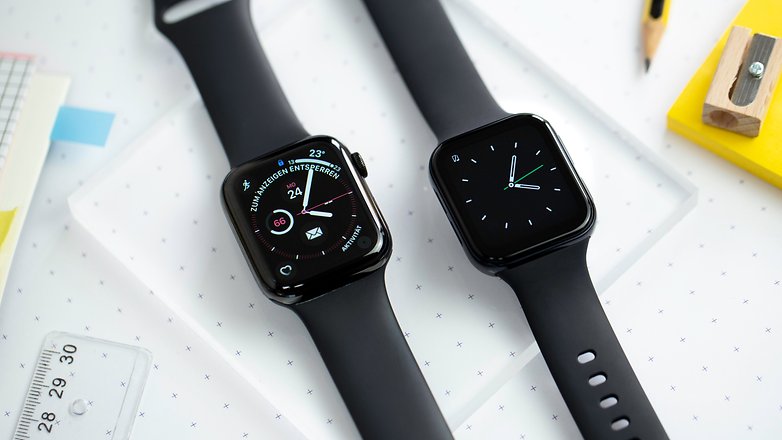
At its current prices, the OPPO Watch is among the most affordable smartwatches on offer in India. It competes against the likes of the Fitbit Versa, the Garmin Venu, and the Samsung Galaxy Watch 3 – all of which are considerably more expensive. Then there is the Huawei Watch GT2 that retails for Rs 14,990. All these things considered and given the fact that the OPPO Watch is undoubtedly among the better Wear OS toting smartwatches I have used in 2020, this one earns a solid recommendation from us.
Oppo Watch - where to buy?
- OPPO Watch 46mm - Amazon India
- OPPO Watch 41mm - Amazon India
- OPPO Watch - Flipkart
